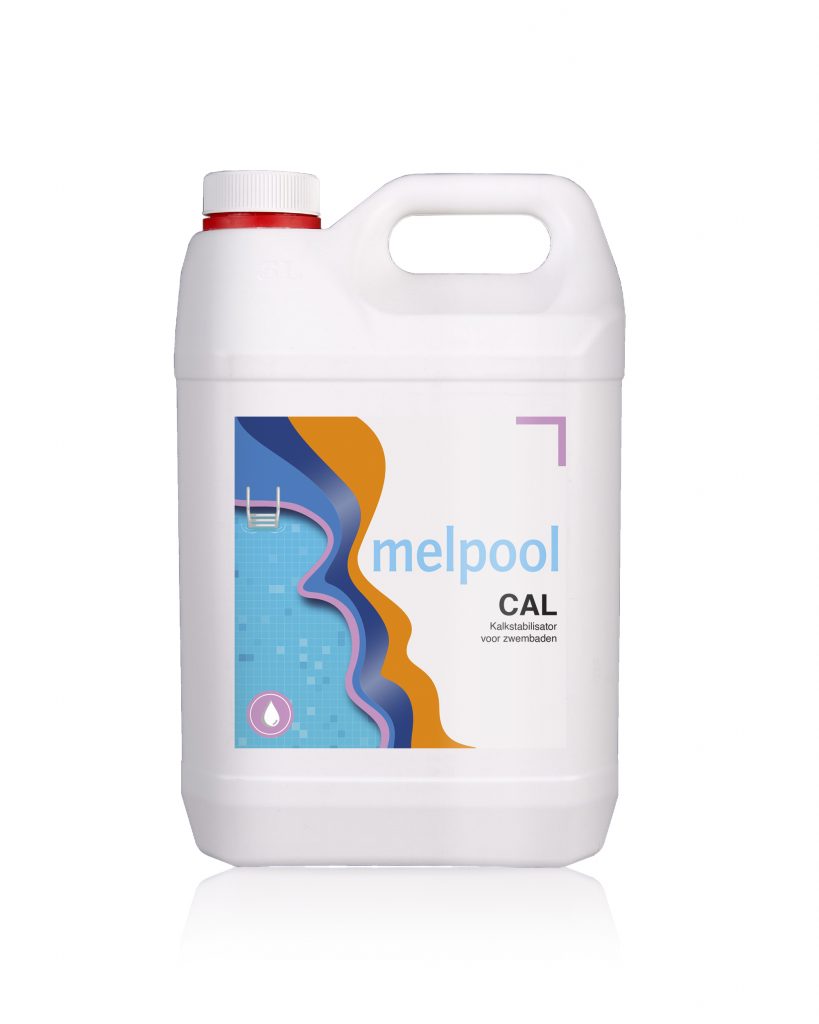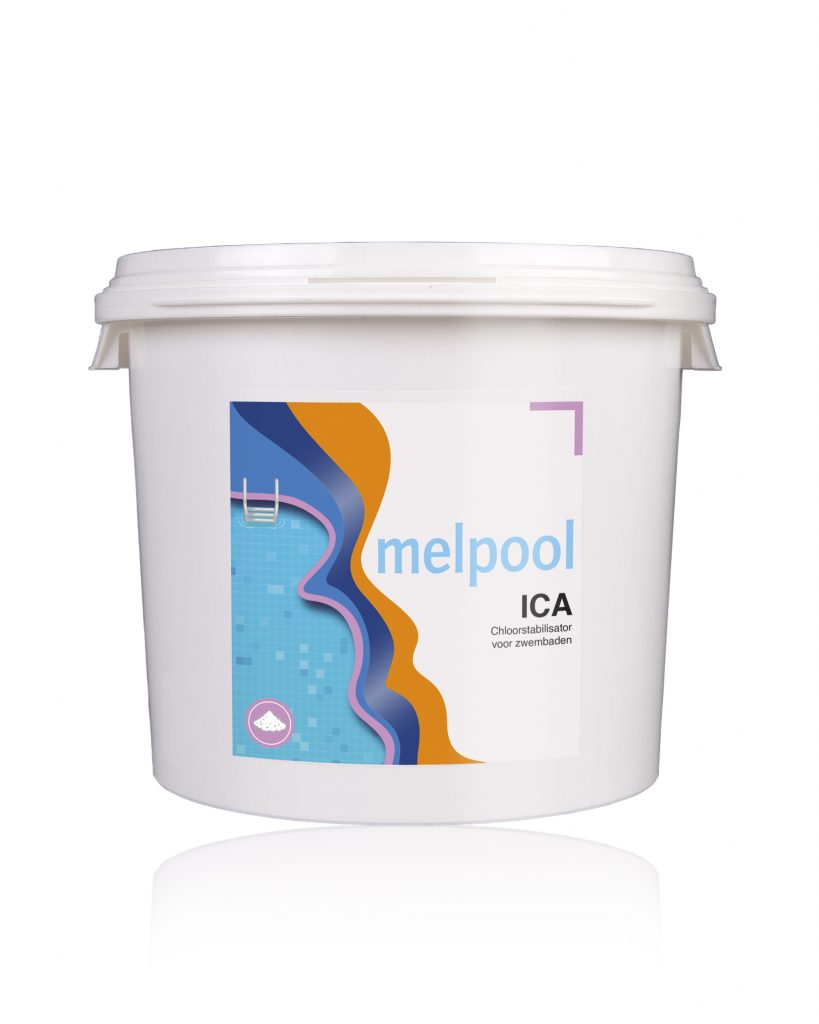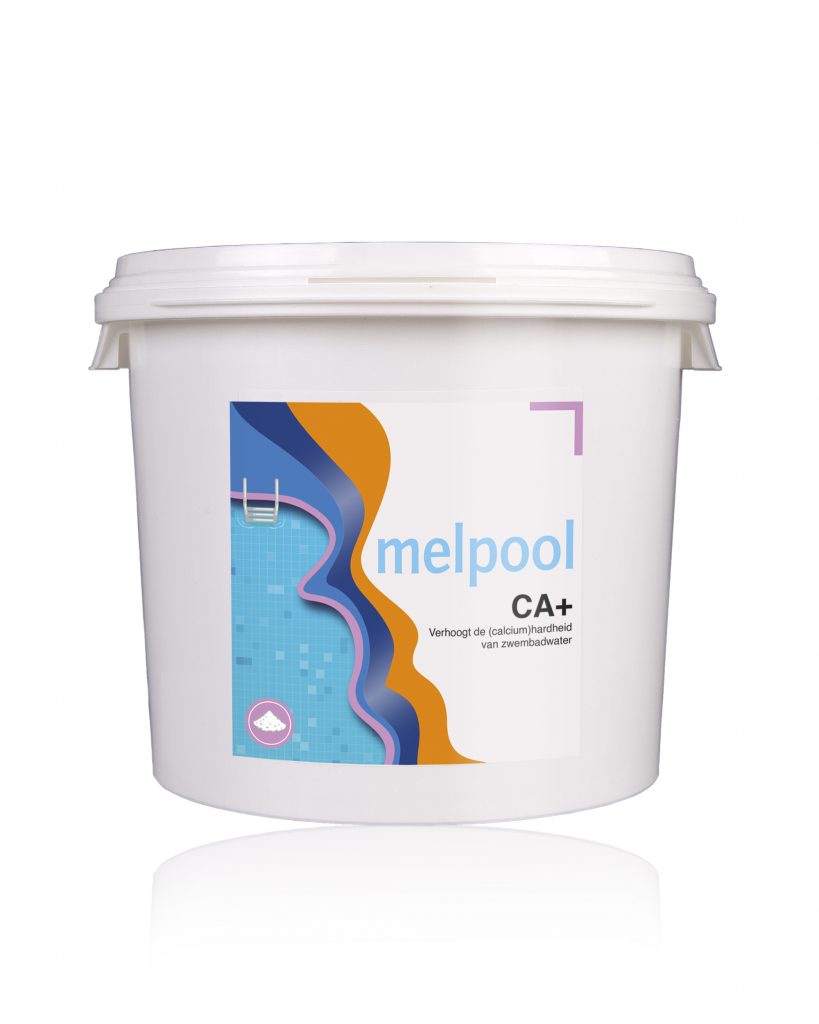Water balance, Langelierindex & Alkalinity
Do problems with cloudy water, corrosion and/or scaling regularly occur? Then it is wise to determine the water balance by using the Saturation Index/Langelier Index.
Reading out the water balance
One can speak of a good water balance when the water is neither corrosive nor alkaline. A swimming pool specialist can accurately determine the water balance using a (digital) test kit and help to restore it if necessary. The following parameters are needed to determine the water balance.
- The temperature of the water in degrees Celsius
- The pH value of the water
- The total alkalinity of the water (TA value)
- The total quantity of dissolved substances
Below is a brief explanation and explanation of those parameters.
1. The temperature of the water in degrees Celsius
The temperature of the water is measured with a thermometer. The other parameters are determined with testkits available at professional pool shops.
2. The pH value of the water
The pH value needs to be maintained netween 7.2 and 7.6. See explanation pH value.
3. The total alkalinity of the water (TA value)
The term Total Alkalinity (TA) is often confused with pH value. The TA works as buffer against sudden changes in the pH value. The lower the TA value, the easier the pH can be adapted by adding small amounts Melpool pH+ or Melpool pH-.
Ideale TA value
The ideal TA value lies between 100 and 150 ppm. With a value higher than 175 ppm or lower than 60 ppm a correction is needed. It may take a while before you reach the favourable TA-value, because the pH-value should never drop below 6.8 or rise above 8. Use Melpool TA+ to increase the TA value.
In practice, it is doesn’t happen often that the TA value of the pool water is too high. If this is the case, the value is usually corrected by using the bath. If neede, the TA value can also be lowered faster by using Melpool pH-. Once the TA value is correct it is generally no longer necessary to regularly measure the TA value.
Problems with too low TA value |
Problems with too high TA value |
| pH-value fluctuates too much | PH value hard to correct, pH value hardly changes |
| Tendency to corrosion | Cloudy water |
| Scaling | |
| Non-efficient chlorine usage | |
| Big volumes of Melpool pH- or Melpool pH+ needed for pH correction |
Please note: When stabilised chlore products are used (Melpool 55/G, Melpool 90/200 of Melpool 90/20), the measured value of the total alkalinity needs to be corrected. To be able to do this you also have to measure the concentration of cyanuric acid.
For the correction you need to determine the following parameters:
- TA1 = the measured total alkalinity in ppm
- pHF = the pH-factor, this is the number which is mentioned in the table below in column pHF
| Temperature factor | |
| ℃ | TF |
| 0 | 0.0 |
| 3 | 0.1 |
| 8 | 0.2 |
| 12 | 0.3 |
| 16 | 0.4 |
| 19 | 0.5 |
| 24 | 0.6 |
| 29 | 0.7 |
| 34 | 0.8 |
| 41 | 0.9 |
| 53 | 1.0 |
| Calcium Hardness Factor | |
| CH ppm | CF |
| 5 | 0.3 |
| 25 | 1.0 |
| 50 | 1.3 |
| 75 | 1.5 |
| 100 | 1.6 |
| 150 | 1.8 |
| 200 | 1.9 |
| 250 | 2.0 |
| 300 | 2.1 |
| 400 | 2.2 |
| 600 | 2.35 |
| 800 | 2.5 |
| Total Alkalinity Factor |
|
| TA ppm | AF |
| 5 | 0.7 |
| 25 | 1.4 |
| 50 | 1.7 |
| 75 | 1.9 |
| 100 | 2.0 |
| 125 | 2.1 |
| 150 | 2.2 |
| 200 | 2.3 |
| 300 | 2.5 |
| 400 | 2.6 |
| 800 | 2.9 |
| Total Dissolved Solids Factor | |
| TDS ppm | TDSF |
| 0 | 12.0 |
| 1000 | 12.1 |
| 2000 | 12.2 |
| 3000 | 12.25 |
| 4000 | 12.3 |
| 5000 | 12.3 |
| pH (acid value) Factor | |
| pH | pHF |
| 6.5 | 0.11 |
| 7.0 | 0.22 |
| 7.2 | 0.26 |
| 7.4 | 0.3 |
| 7.6 | 0.33 |
| 7.8 | 0.35 |
| 8.0 | 0.36 |
| 8.5 | 0.38 |
If your measured pH-value is 7.2 you use the pHF-value of 0.26. To do the correction you use the following formula: TA = TA1- (pHF x CA). The TA value calculated this way needs to be used to calculate the water balance.
Calculation example: Originally you measured a TA-value of 185 ppm. The cyanuric acid value of the pool is 70 ppm and the measured pH value is 7.4. TA = 185 – (0.3×70) = 164
4. The total quantity of dissolved substances
The total amount of dissolved solids has a restricted influence on the calculation of the water balance. If you are not able to calculate the total dissolved solids, you can use 1,000 as your value. If your water was refreshed over a year ago you can use 2,000 as your value.
How is the Langelierindex or the Saturation Index determined?
The Saturation Index (S.I.) is calculated with above-mentioned parameters:
VI = pH + TF + CF + AF - TDSF
Before we are able to determine the water balance, we need to know the Saturation Index (S.I). Therefore the following parameters are needed:
- pHF – pH (acid value) factor
- CF – calcium hardness factor
- AF – total alkalinity factor
- TF – temperature factor of the water
- TDSF – total dissolved solids factor
| Temperature factor | |
| ℃ | TF |
| 0 | 0.0 |
| 3 | 0.1 |
| 8 | 0.2 |
| 12 | 0.3 |
| 16 | 0.4 |
| 19 | 0.5 |
| 24 | 0.6 |
| 29 | 0.7 |
| 34 | 0.8 |
| 41 | 0.9 |
| 53 | 1.0 |
| Calcium Hardness Factor | |
| CH ppm | CF |
| 5 | 0.3 |
| 25 | 1.0 |
| 50 | 1.3 |
| 75 | 1.5 |
| 100 | 1.6 |
| 150 | 1.8 |
| 200 | 1.9 |
| 250 | 2.0 |
| 300 | 2.1 |
| 400 | 2.2 |
| 600 | 2.35 |
| 800 | 2.5 |
| Total Alkalinity Factor |
|
| TA ppm | AF |
| 5 | 0.7 |
| 25 | 1.4 |
| 50 | 1.7 |
| 75 | 1.9 |
| 100 | 2.0 |
| 125 | 2.1 |
| 150 | 2.2 |
| 200 | 2.3 |
| 300 | 2.5 |
| 400 | 2.6 |
| 800 | 2.9 |
| Total Dissolved Solids Factor | |
| TDS ppm | TDSF |
| 0 | 12.0 |
| 1000 | 12.1 |
| 2000 | 12.2 |
| 3000 | 12.25 |
| 4000 | 12.3 |
| 5000 | 12.3 |
| pH (acid value) Factor | |
| pH | pHF |
| 6.5 | 0.11 |
| 7.0 | 0.22 |
| 7.2 | 0.26 |
| 7.4 | 0.3 |
| 7.6 | 0.33 |
| 7.8 | 0.35 |
| 8.0 | 0.36 |
| 8.5 | 0.38 |
After the values of pH, temperature, alkalinity and TDS are measured, the calculation of the S.I. can be done. The accessory factors used in the formula above can be found in the table above. With a temperature of 19 degrees the temperature factor (TF) is 0.5 and with a pH value of 7.6 the pHF is 0.33, etc.
Calculation example:
Swimming pool parameters |
Values |
|
| Temperature | 24 °C | TF = 0.6 |
| pH | 7.2 | |
| CH (calcium hardness) | 200 ppm | CF = 1.9 |
| TA (total alkalinity) | 100 ppm | AF = 2.0 |
| TDS | 1,000 ppm | TDSF = 12.1 |
SI = 7.2 + 0.6 + 1.9 + 2.0 - 12.1 = 0.4
= acceptable balance, tendency to corrosion.
Reading out the water balance
After making the calculation of the S.I. the situation of the water balance can be determined in the table below. The outcome of the Saturation Index, as calculated in the example, was -0.4. In the table below we can read that it stands for an acceptable balance, tendency to corrosion:
SI (Saturation Index) |
Condition of the water |
Required treatment |
| < -0.5 | Tendency to corrosion | See problems/solutions |
| -0.5 to -0.2 | Acceptable balance | Test water regularly |
| -0.1 tot 0.1 | Ideal balance | |
| 0.2 to 0.5 | Acceptable balance | Test water regularly |
| >0.5 | Tendency to Alkalinity | See problems/solutions |
Products for alkalinity and restoring water balance
Stain and scale inhibitor for swimming pools.
Prevents and removes limescale and metal ion deposits. Also works against rust stains. Mild for pool liners. Compatible with chlorine. High quality product.
Chlorine stabilizer for swimming pool water.
Protects chlorine from degradation by sun influence (UV). Chlorine savings: stabilization keeps chlorine available longer. To be used in combination with non-stabilized chlorine: Melpool 70/G and Melpool 70/20.
Increases the (calcium) hardness of swimming pool water.
Water hardness that is too low (aggressive) can lead to lime extraction. This can cause problems, especially in tiled pools. Melpool Ca+ is a high-quality product and compatible with chlorine.




